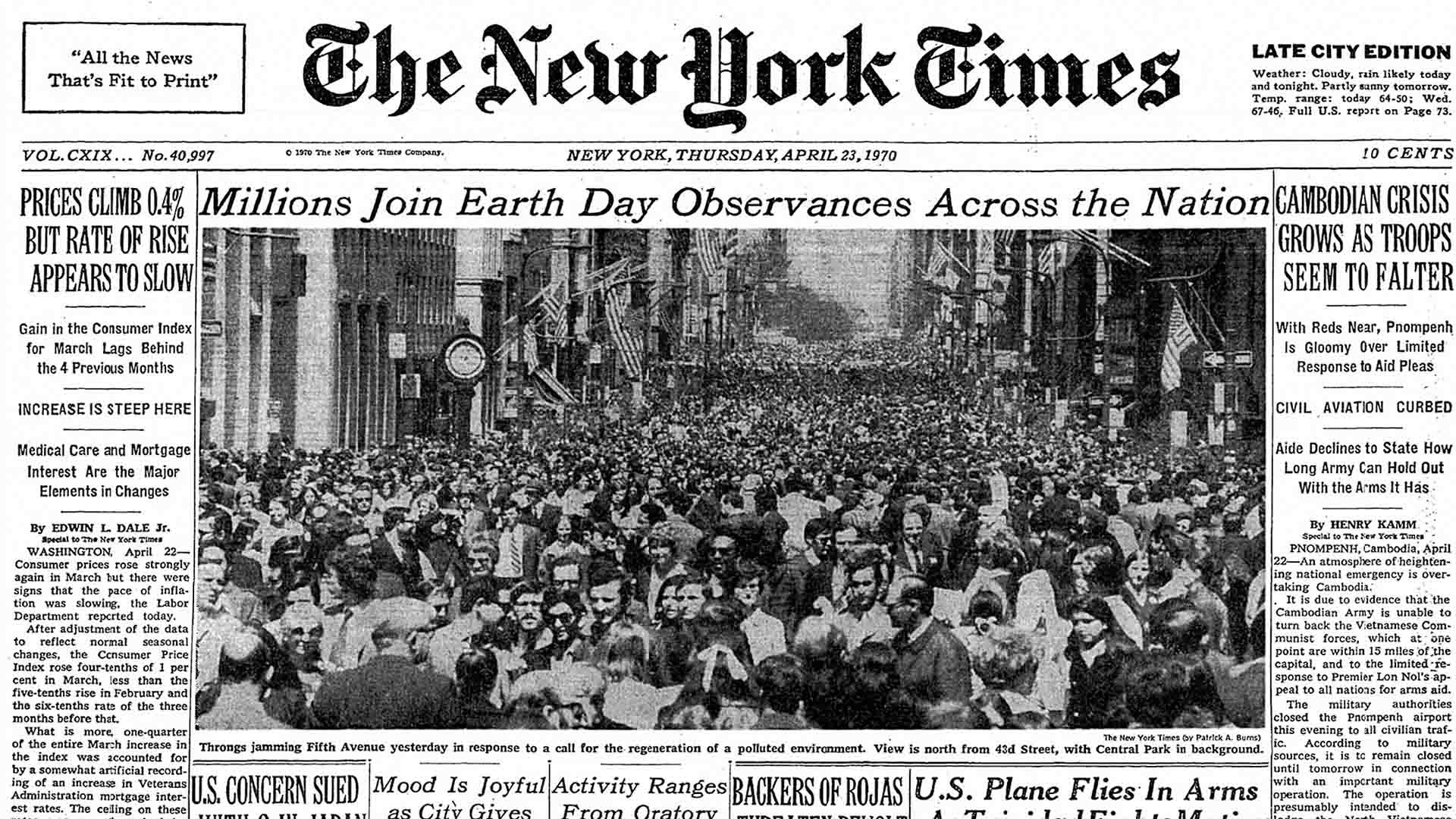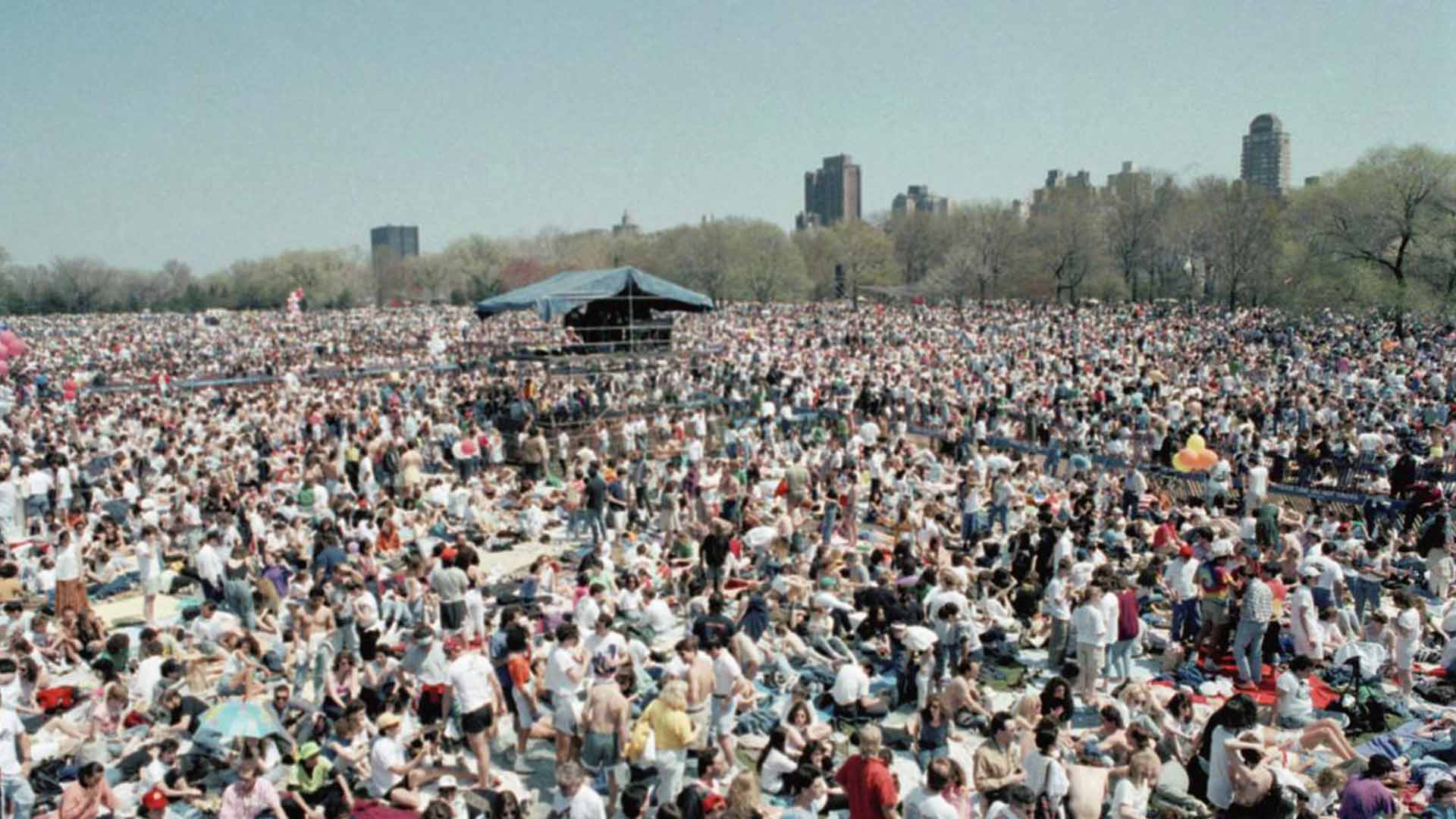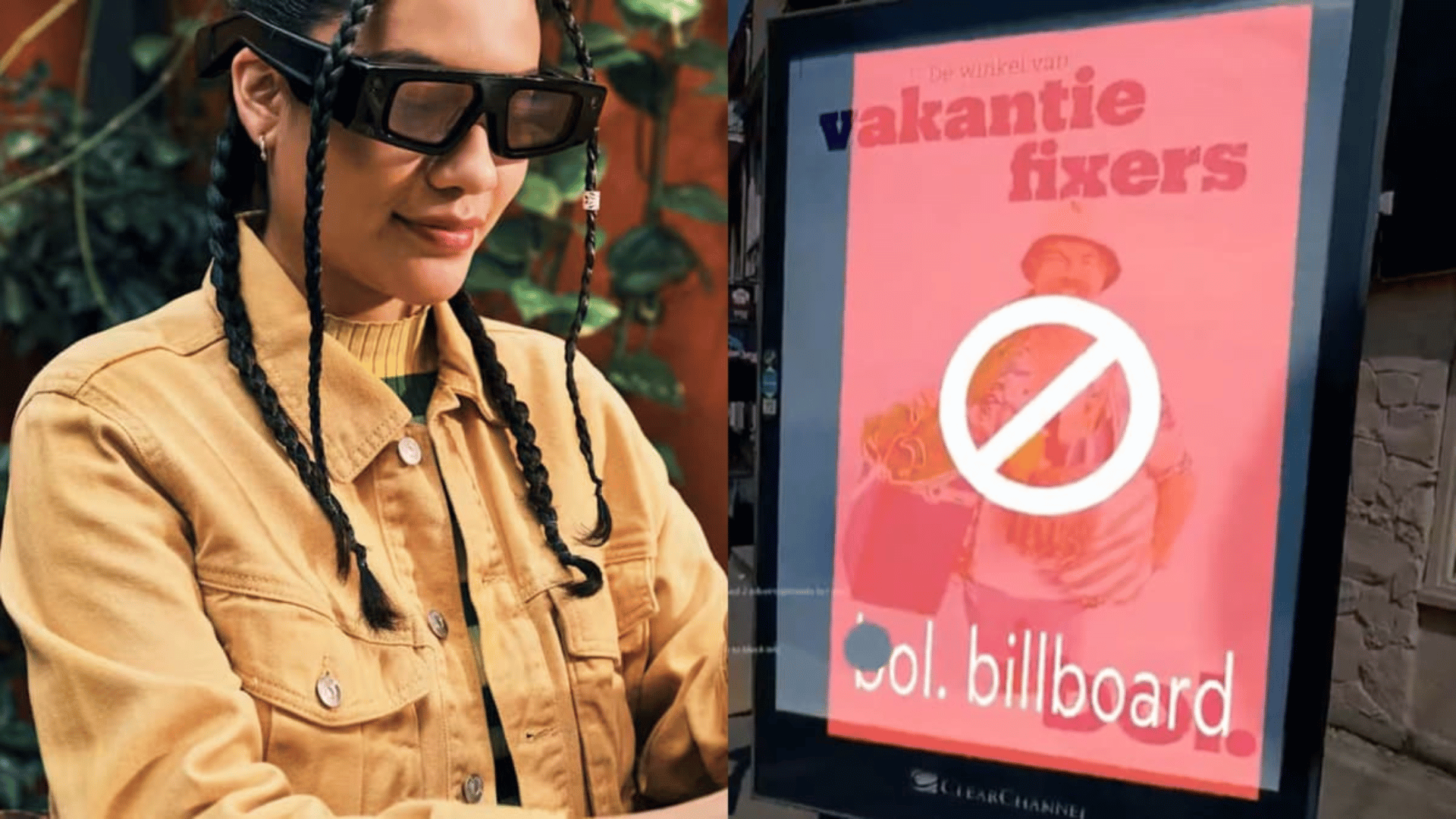April 22, 2022 marks the 52nd Earth Day, a holiday is celebrated by over 180 countries and billions of people. How did this come day come to be so well known? Here is the evolution of Earth Day.
Origins
Long before the first Earth Day, the American conservation movement existed. For example, John Muir’s advocacy for conservatism helped create the National Park Service in 1916 and several national parks, such as Yosemite (1890) and the Grand Canyon (1908). Similarly, the sustainable agriculture movement began in the 1950s, garnering smaller groups and academic studies to warn farmers about the dangers of certain agricultural practices.
However, the general public was widely uninterested and undereducated about the effects of pollution until the 1960s. In 1962, Rachel Carson’s bestseller Silent Spring raised public awareness and concern about the dangerous effects of DDT and other pesticides on wildlife, the natural environment, and humans. The book sold over 500,000 copies in 24 countries.
Furthermore, the 1960s saw many other environmental crises that raised public concern. For example, the Cuyahoga River in Ohio caught fire in 1968 for the 10th time in less than a century because of the sludge and debris dumped into it by nearby factories. A massive oil spill also occurred in Santa Barbara in 1969 due to inadequate safety precautions; the spill spewed an estimated 3-million gallons of crude oil into the ocean, created an oil slick 35 miles long along California’s coast, and killed thousands of birds, fish, and sea mammals.
The First Earth Day
As a result of the accumulating environmental turmoil, Wisconsin Senator Gaylord Nelson came up with the idea for Earth Day in 1969. Nelson wanted to combine the energy of the student anti-war protests with the emerging public consciousness about air and water pollution.
The first Earth Day was thus scheduled for April 22, 1970—Nelson believed that scheduling the day between Spring Break and Final Exams would maximize student participation. National media outlets began running more stories about pollution and Earth Day, and the excitement around it became contagious.

As a result, the first Earth Day had an unexpected turnout: 20 million Americans (about 10 percent of the total population of the United States at the time) took to the streets, parks, and auditoriums to demonstrate against the impacts of industrial development. With just $200,000, the Earth Day Network set up rallies, speakers, and teach-ins in places all across the country to urge people to rethink their relationship with the Earth and the environment.
Groups that had been fighting individually against oil spills, polluting factories and power plants, raw sewage, toxic dumps, pesticides, freeways, the loss of wilderness, the extinction of wildlife, and more united on the first Earth Day around these their common values.
Early Success
By the end of 1970, the first Earth Day led to the creation of the United States Environmental Protection Agency (EPA) and the passage of other first of their kind environmental laws, including the National Environmental Education Act, the Occupational Safety and Health Act, and the Clean Air Act. Congress passed the Clean Water Act in 1972, the Endangered Species Act in 1973, and established the Superfund in 1980 to clean up hazardous waste sites. Earth Day contributed to these laws protecting millions of people from disease and death and hundreds of species from extinction.

Following this success, April 22 continued to be marked as Earth Day. In 1990, the holiday went global, mobilizing 200 million people in 141 countries around the world. Earth Day 1990 boosted worldwide recycling efforts and paved the way for the 1992 United Nations Earth Summit in Rio de Janeiro, the first international Earth Summit convened to address environmental protection and socio-economic development.
1990’s success also prompted President Bill Clinton to award Senator Nelson the Presidential Medal of Freedom in 1995 for his role in founding Earth Day.
Earth Day in the New Millennium
As Earth Day continued, it continued to leverage the power of digital media. Earth Day 2000 utilized the power of the internet to organize activists around the world, resulting in 5,000 environmental groups in a record 184 countries reaching out to hundreds of millions of people. Earth Day 2000 focused on global warming and clean energy.
In 2010, facing challenges of a greater political decisiveness surrounding the environmental community, the Earth Day Network launched A Billion Acts of Green® in which individuals or organizations could make pledges to take action to protect the environment. Earth Day 2010 engaged 75,000 global partners in 192 countries.
2020 marked Earth Day’s 50th anniversary. The holiday was celebrated virtually amidst the COVID-19 pandemic, offering 24 hours of digital action, such as global conversations, calls to action, performances, video teach-ins, and more.
Earth Day 2022
This Earth Day’s theme is “Invest In Our Planet”, which is broken down into building a prosperous and equitable future and building healthy cities, countries, and economies. Check out Earth Day’s website to find one of the many events that are happening in cities all around the world. Or, consider celebrating by simply making some sustainable swaps—every little thing counts!







